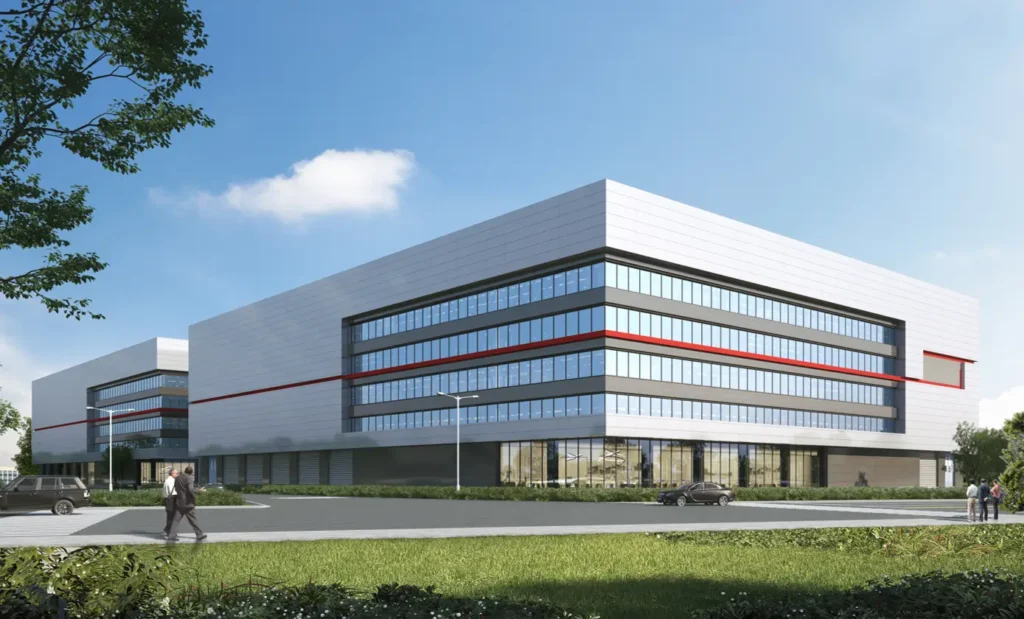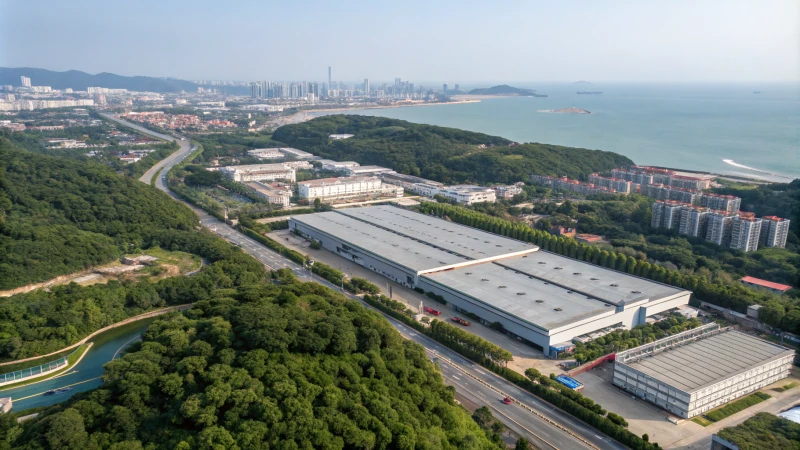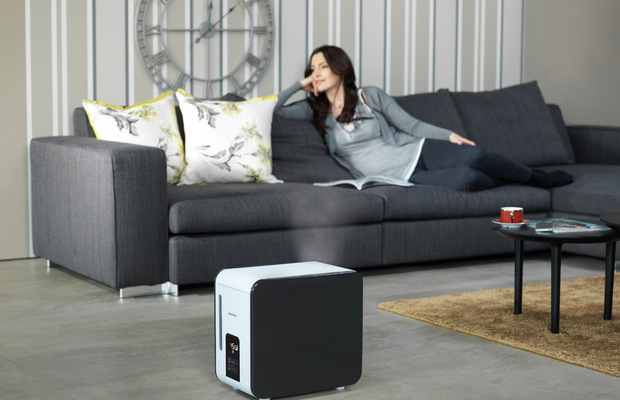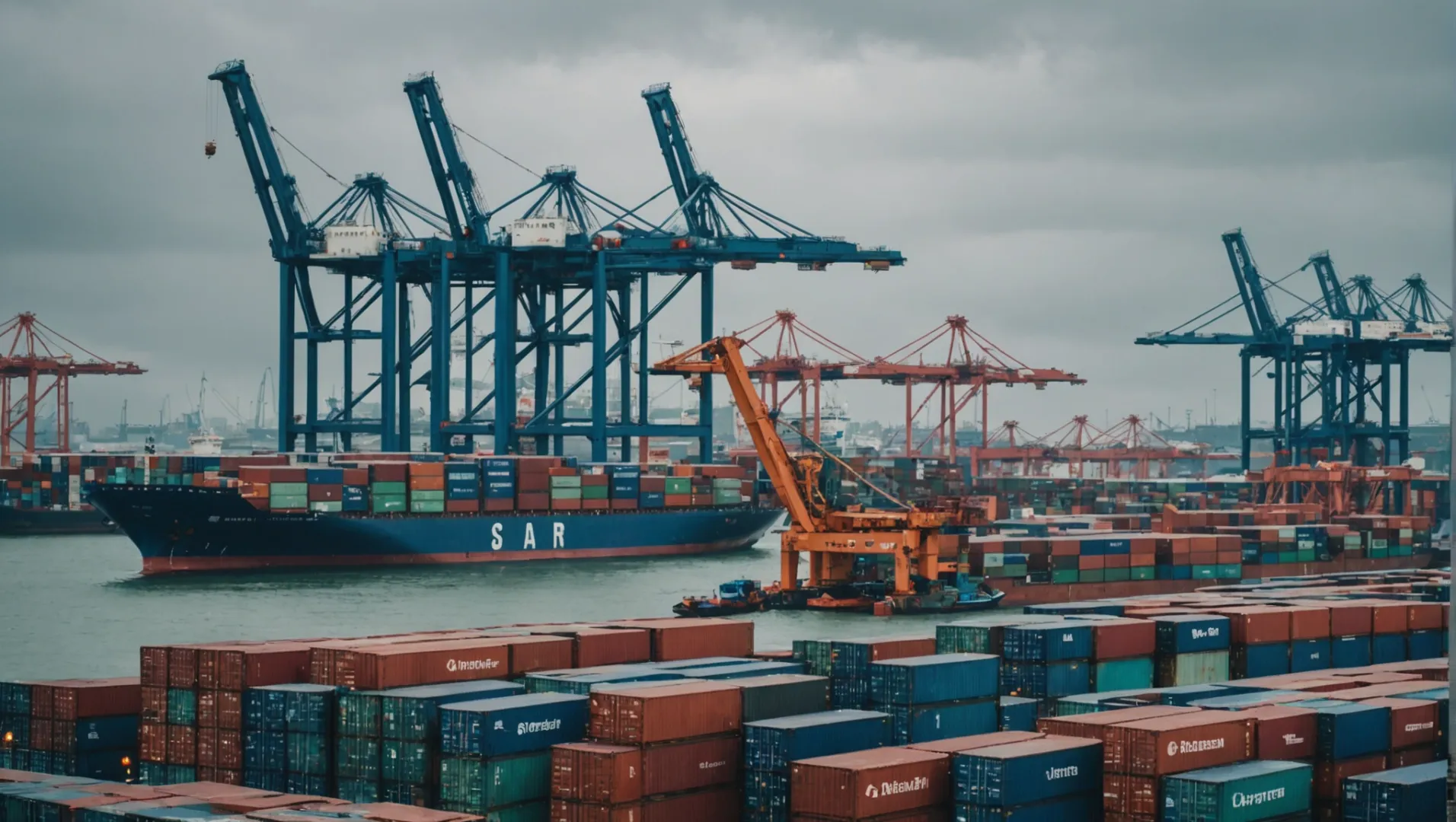
Comprendre les tarifs peut donner l'impression de décoder une langue secrète, en particulier lorsqu'ils ont une incidence sur notre santé et notre environnement.
L'augmentation des droits de douane sur les purificateurs d'air importés de Chine aux États-Unis peut entraîner une hausse des coûts pour les importateurs et les consommateurs. Avec des droits de douane actuels de 25% et des augmentations potentielles imminentes, les entreprises doivent prendre des décisions sur le lieu de production et les stratégies de prix afin d'atténuer les impacts.
Mais il n'y a pas que les chiffres. Voyons comment ces droits de douane influent non seulement sur les coûts, mais aussi sur l'ensemble du paysage de l'importation de purificateurs d'air.
Les droits de douane actuels sur les purificateurs d'air de la Chine vers les États-Unis sont de 25%.Vrai
Le taux tarifaire actuel pour l'importation de purificateurs d'air de la Chine vers les États-Unis est fixé à 25%.
Quels sont les tarifs douaniers en vigueur pour les purificateurs d'air ?
Les tarifs douaniers appliqués aux purificateurs d'air sont un facteur clé qui influence leur coût final sur le marché américain.
Actuellement, les purificateurs d'air importés de Chine aux États-Unis sont soumis à un tarif douanier de 25%, bien que des exemptions soient en place jusqu'en mai 2025. Des changements futurs pourraient encore affecter ces taux.
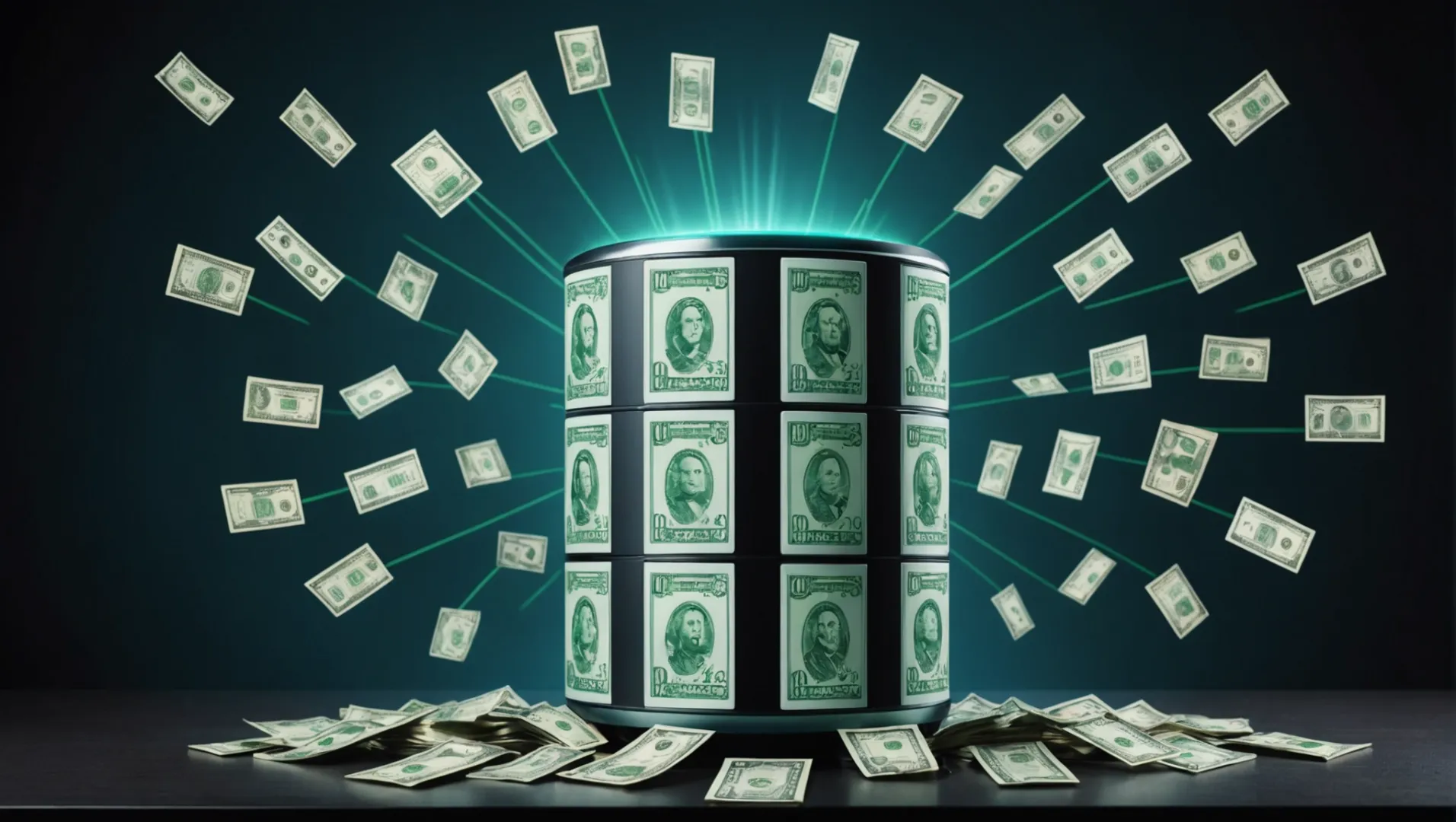
Comprendre la structure tarifaire actuelle
Le paysage des droits de douane sur les purificateurs d'air a considérablement évolué ces dernières années. À l'heure actuelle, les purificateurs d'air importés de Chine aux États-Unis sont soumis à un tarif douanier de 25%. Ce taux a été introduit dans le cadre de mesures commerciales plus larges visant à remédier aux déséquilibres commerciaux et a persisté en dépit de divers changements économiques mondiaux.
Toutefois, il est important de noter que ces droits de douane ne sont pas statiques. Le gouvernement américain a accordé des exemptions temporaires, qui sont actuellement en vigueur jusqu'en mai 2025. Cette exemption offre un certain répit aux importateurs, leur permettant d'élaborer des stratégies en matière de prix et d'approvisionnement tout en gardant un œil sur les changements politiques potentiels qui pourraient modifier ces droits de douane.
Modifications potentielles des taux tarifaires
Avec les changements potentiels de dirigeants politiques et de politiques commerciales, l'incertitude plane sur les futurs taux de droits de douane. Par exemple, une augmentation significative du tarif 60% a été envisagée si certaines conditions politiques se présentent. Un tel changement pourrait contraindre les fabricants à délocaliser leur production de la Chine vers des pays comme le Viêt Nam, la Thaïlande ou le Mexique, où ils peuvent contourner les droits de douane élevés, mais pourraient être confrontés à une augmentation des coûts de production de 10-15%.
Impact des taux tarifaires sur les stratégies des entreprises
Les entreprises qui importent des purificateurs d'air doivent tenir compte des droits de douane actuels et potentiels lors de la planification de leurs stratégies. Si le tarif 25% reste inchangé, de nombreux fabricants pourraient se concentrer sur des stratégies de réduction des coûts plutôt que sur la délocalisation. Il pourrait s'agir de réduire les coûts de fabrication ou les valeurs d'exportation pour contrebalancer les dépenses supplémentaires liées aux droits de douane.
Pour les consommateurs, les implications sont directes : des tarifs plus élevés se traduisent généralement par une augmentation des prix de détail. Cela pourrait décourager les achats, à moins que les niveaux de pollution de l'air n'atteignent des sommets en raison d'événements tels que des incendies de forêt, où la demande de solutions d'assainissement de l'air augmente fortement.
Il est essentiel pour les entreprises et les consommateurs de comprendre cette dynamique et de se préparer à d'éventuelles modifications des taux tarifaires, afin de rester compétitifs et informés sur un marché mondial en constante évolution.
Les purificateurs d'air en provenance de Chine sont soumis à un tarif douanier américain de 25%.Vrai
Actuellement, les purificateurs d'air importés de Chine aux États-Unis sont soumis à un tarif douanier de 25%.
Les droits de douane américains sur les purificateurs d'air passeront à 60% en 2025.Faux
Un tarif 60% est spéculatif et dépend des changements politiques.
Comment les futures augmentations tarifaires pourraient-elles affecter les sites de production ?
Avec l'évolution des politiques commerciales mondiales, les fabricants peuvent être amenés à réévaluer leurs sites de production pour rester compétitifs.
Les futures augmentations tarifaires pourraient inciter les fabricants à délocaliser leur production vers des pays où les barrières commerciales sont moins élevées, ce qui aurait un impact sur les coûts opérationnels et la dynamique de la chaîne d'approvisionnement.
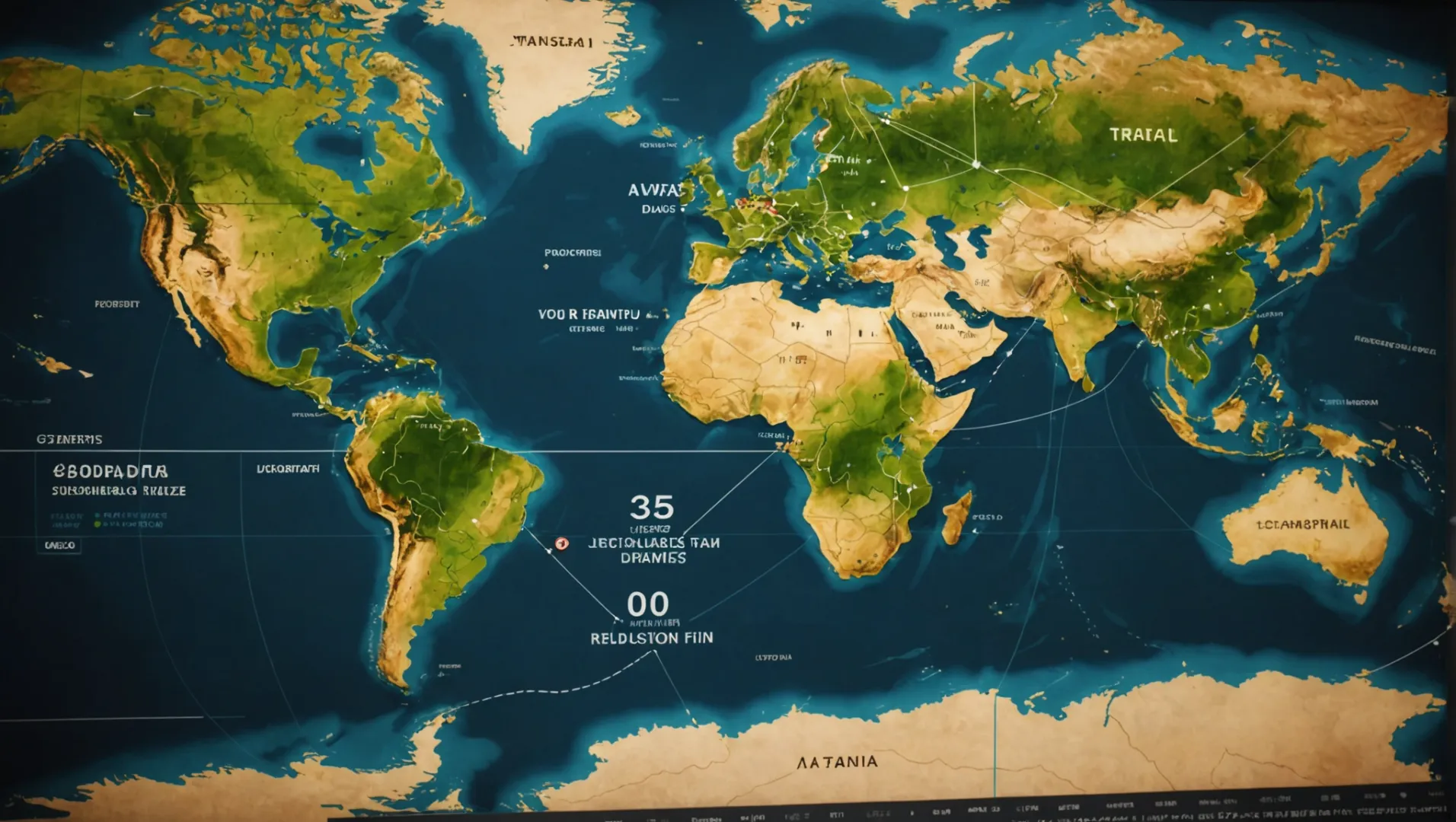
Influence des tarifs douaniers sur les décisions de fabrication
Les droits de douane peuvent modifier considérablement le paysage de la production mondiale en rendant certains sites moins viables économiquement. Par exemple, si les droits de douane sur les purificateurs d'air importés de Chine passent de 25% à 60%, de nombreux fabricants pourraient envisager de délocaliser leurs installations de production dans des pays comme le Viêt Nam, la Thaïlande ou le Mexique. Ces pays ont souvent des barrières commerciales plus faibles avec les États-Unis, ce qui pourrait réduire les coûts globaux malgré l'augmentation des dépenses de fabrication de 10-15%.
Destinations potentielles de relocalisation
La relocalisation n'est pas une décision simple. Si les pays d'Asie du Sud-Est offrent des avantages tels que des droits de douane réduits, il faut aussi évaluer des facteurs tels que la disponibilité de la main-d'œuvre, la qualité des infrastructures et la stabilité politique. Des pays comme le Viêt Nam et la Thaïlande sont attrayants en raison de la croissance de leur secteur manufacturier et de leurs accords commerciaux favorables. Toutefois, chacun de ces pays présente son lot de difficultés que les entreprises doivent examiner attentivement avant de s'engager.
Analyse comparative des coûts de fabrication
| Pays | Estimation de l'augmentation des coûts de fabrication | Potentiel de réduction tarifaire |
|---|---|---|
| Chine | 0% | 0% |
| Vietnam | 10-15% | Jusqu'à 40% |
| Thaïlande | 10-15% | Jusqu'à 40% |
| Mexique | 15-20% | Important |
Adaptations stratégiques au-delà de la relocalisation
Outre le changement de site de production, les entreprises peuvent adopter diverses stratégies pour faire face à l'augmentation des droits de douane. Certaines peuvent choisir de diminuer la valeur à l'exportation de leurs produits, réduisant ainsi l'impact des droits de douane sur le prix final. D'autres peuvent se concentrer sur l'amélioration de l'efficacité des sites existants afin d'absorber une partie des coûts supplémentaires. L'exploration de ces stratégies est cruciale pour maintenir la compétitivité dans un environnement commercial imprévisible.
Pour en savoir plus sur les stratégies de relocalisation potentielles et les facteurs qui influencent ces décisions, vous pouvez consulter des ressources supplémentaires qui traitent des sujets suivants déplacements de la production en raison des droits de douane1. Cela peut permettre de mieux comprendre comment la dynamique du commerce mondial modifie les décisions de production dans les différents secteurs d'activité.
Les droits de douane sur les importations chinoises pourraient atteindre 60%.Vrai
Le contexte mentionne des augmentations tarifaires potentielles de 25% à 60%.
La délocalisation de la production au Viêt Nam garantit une baisse des coûts.Faux
Si les droits de douane peuvent être réduits, les coûts de fabrication au Viêt Nam peuvent augmenter de 10-15%.
Quelles stratégies les importateurs peuvent-ils utiliser pour atténuer l'augmentation des coûts ?
Les importateurs sont confrontés à une hausse des coûts en raison de l'augmentation des droits de douane sur les purificateurs d'air en provenance de Chine. Comment peuvent-ils s'adapter ?
Les importateurs peuvent atténuer l'augmentation des coûts en diversifiant les chaînes d'approvisionnement, en négociant de meilleures conditions avec les fournisseurs et en tirant parti de la technologie pour plus d'efficacité. L'exploration d'autres sites de production et l'optimisation de la logistique permettent également de gérer efficacement l'impact des droits de douane.

Diversifier les chaînes d'approvisionnement
L'une des stratégies les plus efficaces pour les importateurs afin d'atténuer l'augmentation des coûts consiste à diversifier leurs chaînes d'approvisionnement. Cela signifie qu'ils ne dépendent pas uniquement d'un pays ou d'un fournisseur pour leurs produits. En l'approvisionnement en matériaux2 de différentes régions, les entreprises peuvent éviter d'être lourdement affectées par les droits de douane imposés sur les marchandises provenant de pays spécifiques.
Par exemple, si les droits de douane sur les purificateurs d'air en provenance de Chine augmentent considérablement, les importateurs pourraient envisager de s'approvisionner en composants dans d'autres pays asiatiques comme le Viêt Nam ou la Thaïlande, où les coûts de production peuvent encore être compétitifs.
Négocier de meilleures conditions
Une autre approche viable consiste à engager des négociations avec les fournisseurs existants afin d'obtenir de meilleures conditions. Les importateurs peuvent discuter avec leurs fournisseurs d'options telles que les remises en gros, les délais de paiement prolongés ou le partage des coûts liés aux droits de douane. Une négociation efficace peut permettre de réaliser des économies importantes et de réduire l'impact immédiat de l'augmentation des droits de douane.
Tirer parti de la technologie
L'intégration de la technologie dans la logistique et les opérations peut entraîner des économies substantielles. Par exemple, l'utilisation d'un logiciel de gestion de la chaîne d'approvisionnement peut améliorer la gestion des stocks, réduire les délais et améliorer la précision des prévisions. Ces améliorations peuvent compenser une partie des coûts liés à l'augmentation des droits de douane.
En outre, l'adoption d'outils numériques pour achats automatisés3 ou l'analyse avancée peuvent aider les entreprises à prendre des décisions éclairées et à rationaliser leurs opérations.
Explorer d'autres sites de production
Compte tenu de l'augmentation potentielle des droits de douane, qui pourraient atteindre 60%, de nombreux fabricants de purificateurs d'air pourraient envisager de délocaliser leurs installations de production. Le déplacement des opérations de fabrication vers des pays comme le Viêt Nam, la Thaïlande, le Cambodge ou le Mexique pourrait permettre de bénéficier de tarifs douaniers moins élevés et de réduire les coûts globaux, en dépit d'une légère augmentation des dépenses de production.
| Pays | Réduction tarifaire estimée | Augmentation prévue des coûts de production |
|---|---|---|
| Vietnam | Jusqu'à 30% | 10-15% |
| Thaïlande | Jusqu'à 25% | 10-15% |
| Mexique | Jusqu'à 35% | 10-15% |
Optimiser la logistique
La logistique joue un rôle crucial dans la gestion des coûts. Les importateurs doivent évaluer et optimiser leurs réseaux logistiques afin de réduire les frais de transport. Il peut s'agir de consolider les expéditions, de choisir des itinéraires plus efficaces ou de négocier de meilleurs tarifs avec les fournisseurs de services logistiques.
Conclusion
En combinant ces stratégies, les importateurs peuvent mieux relever les défis posés par l'augmentation des droits de douane sur les purificateurs d'air en provenance de Chine. Bien que chaque stratégie présente des avantages uniques, la clé consiste à évaluer la combinaison qui correspond le mieux aux besoins spécifiques de l'entreprise et aux conditions du marché.
La diversification des chaînes d'approvisionnement réduit l'impact tarifaire.Vrai
Le fait de s'approvisionner dans plusieurs régions permet d'éviter une dépendance excessive à l'égard d'un seul pays.
La délocalisation de la fabrication augmente les coûts globaux de 20%.Faux
La délocalisation peut réduire les droits de douane mais n'augmente que légèrement les coûts de production.
Comment les tarifs douaniers influencent-ils les prix et la demande des consommateurs ?
Les tarifs douaniers peuvent faire varier de manière significative les prix à la consommation, affectant ainsi la demande et la dynamique économique au sens large.
Les tarifs douaniers entraînent généralement une hausse des prix à la consommation, ce qui réduit la demande puisque les biens deviennent plus chers. Cette hausse des prix affecte à la fois les biens essentiels et non essentiels, modifiant le comportement d'achat des consommateurs et risquant d'étouffer la croissance économique.
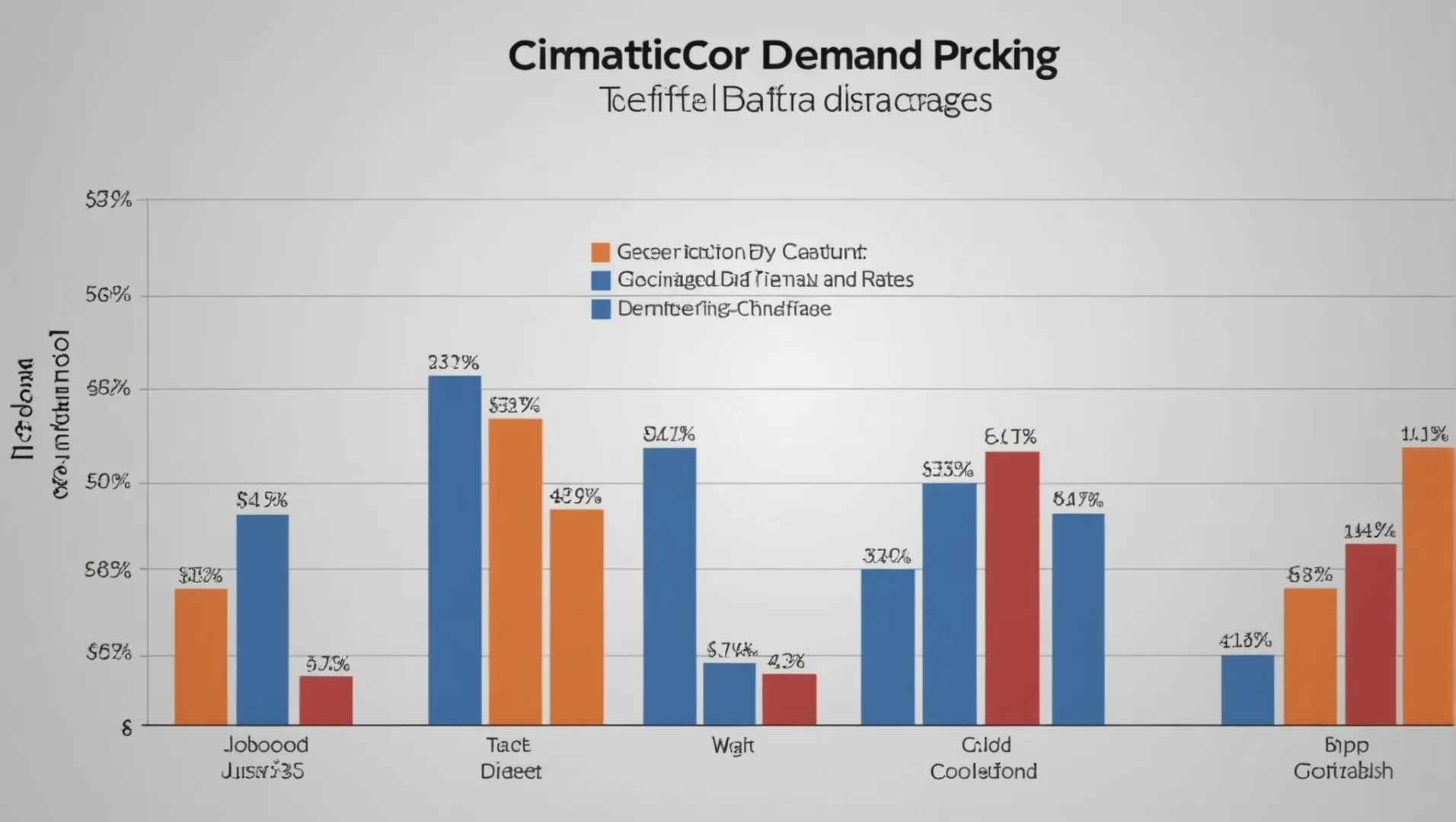
L'impact direct sur les prix à la consommation
Lorsque des droits de douane sont imposés sur des produits importés, l'effet immédiat est une augmentation du coût de ces produits pour les consommateurs. Par exemple, si les droits de douane sur les purificateurs d'air importés de Chine sont fixés à 25%, ce coût est souvent répercuté sur les consommateurs, ce qui se traduit par des prix de détail plus élevés. Les consommateurs peuvent alors être confrontés à un dilemme : absorber ces coûts supplémentaires ou chercher d'autres solutions.
Dans certains cas, les entreprises peuvent tenter d'absorber une partie du tarif pour maintenir des prix compétitifs. Toutefois, cela peut réduire les marges bénéficiaires, ce qui conduit les entreprises à trouver des solutions pour réduire leurs coûts. les moyens de compenser les coûts4 en améliorant l'efficacité ou en déplaçant les sites de production.
Changements dans la demande des consommateurs
Des prix plus élevés entraînent généralement une baisse de la demande, en particulier pour les articles non essentiels comme les produits de luxe. Dans le cas des purificateurs d'air, si certains consommateurs sont prêts à payer plus cher pour des raisons de santé, d'autres risquent de retarder leur achat ou d'y renoncer complètement.
Un tableau peut illustrer l'impact des variations des taux tarifaires sur les prix à la consommation :
| Taux tarifaire | Augmentation des prix de détail | Variation attendue de la demande |
|---|---|---|
| 25% | 15-20% | Diminution modérée |
| 60% | 30-40% | Diminution significative |
Les implications économiques plus larges
Les tarifs douaniers n'affectent pas seulement les produits individuels ; ils ont des effets d'entraînement sur l'ensemble de l'économie. Des prix plus élevés peuvent entraîner des pressions inflationnistes, incitant les banques centrales à ajuster leurs politiques monétaires. En outre, la réduction de la demande peut entraîner une baisse des taux de production et des pertes d'emplois potentielles dans les industries qui dépendent des importations concernées.
En outre, dans une économie mondialisée, l'augmentation des droits de douane peut conduire à tensions géopolitiques5 car les pays ripostent avec leurs droits de douane, créant ainsi un scénario de guerre commerciale qui peut nuire aux relations internationales et à la stabilité économique.
En fin de compte, si les droits de douane sont des outils permettant de protéger les industries nationales et de générer des recettes publiques, leurs implications sur la tarification et la demande des consommateurs sont profondes et complexes. Comprendre cette dynamique peut aider les consommateurs et les entreprises à relever les défis posés par l'évolution du paysage tarifaire.
Les tarifs douaniers entraînent toujours une augmentation des prix à la consommation.Vrai
Les tarifs douaniers augmentent les coûts d'importation, qui sont souvent répercutés sur les consommateurs, ce qui entraîne une hausse des prix.
Des droits de douane plus élevés réduisent la demande de biens non essentiels.Vrai
L'augmentation des prix due aux droits de douane réduit la demande des consommateurs, en particulier pour les produits de luxe.
Conclusion
En naviguant dans ces eaux troubles, les consommateurs et les entreprises peuvent faire des choix éclairés qui protègent leurs intérêts.
-
Découvrez comment les droits de douane influencent les délocalisations d'usines à l'échelle mondiale.. : En décembre 2019, les économistes de la Réserve fédérale Aaron Flaaen et Justin Pierce ont constaté une diminution nette de l'emploi dans le secteur manufacturier en raison des tarifs douaniers, ... ↩
-
Découvrez comment la diversification des chaînes d'approvisionnement réduit les risques et les coûts.. : Ces réseaux complexes de chaînes d'approvisionnement ont contribué à accroître la stabilité et la prospérité dans le monde entier. ↩
-
Découvrez comment la technologie améliore l'efficacité des chaînes d'approvisionnement.. : Les applications intelligentes conçues à cet effet façonnent de plus en plus l'avenir de la technologie de la chaîne d'approvisionnement. ↩
-
Découvrez comment les entreprises gèrent l'augmentation des coûts due aux droits de douane.. : L'entrée en fonction du président élu Donald Trump laisse entrevoir la perspective d'une nouvelle série de droits de douane sur les importations aux États-Unis. ↩
-
Découvrez comment les tarifs douaniers influencent la dynamique du commerce international.. : Qui perçoit les droits de douane ? En termes simples, un tarif est une taxe. Il augmente le coût supporté par les consommateurs de biens importés et constitue l'un des nombreux ... ↩




